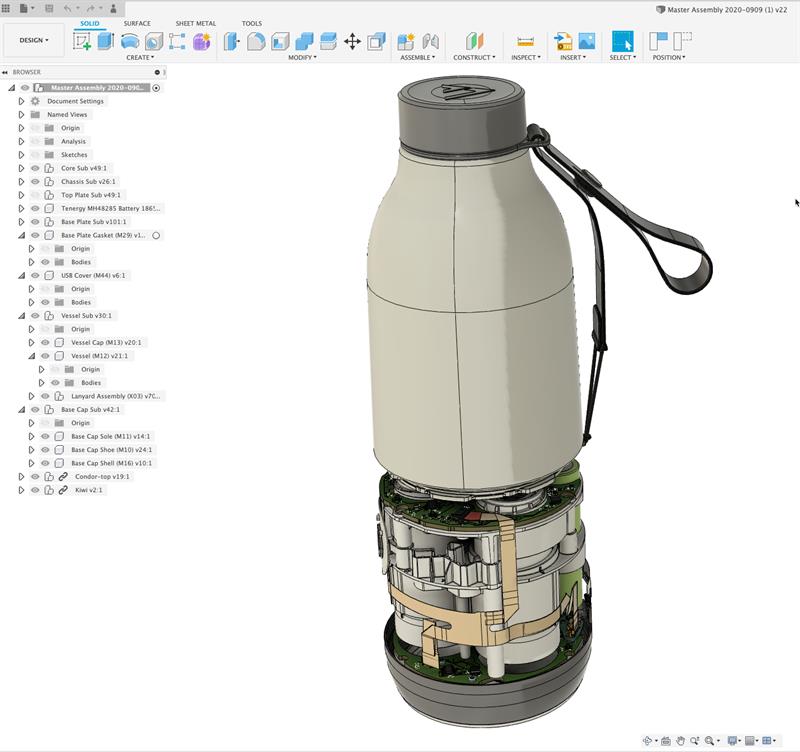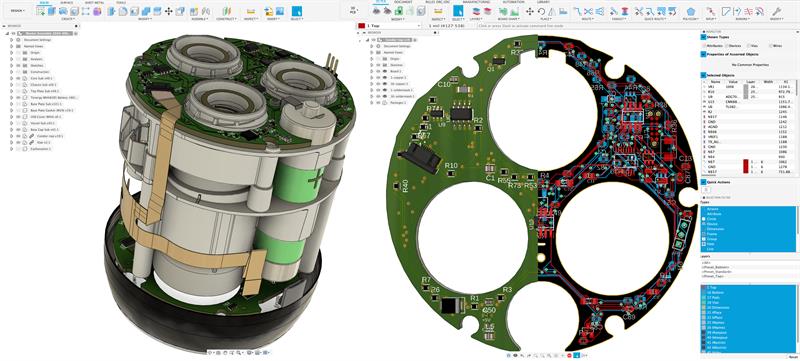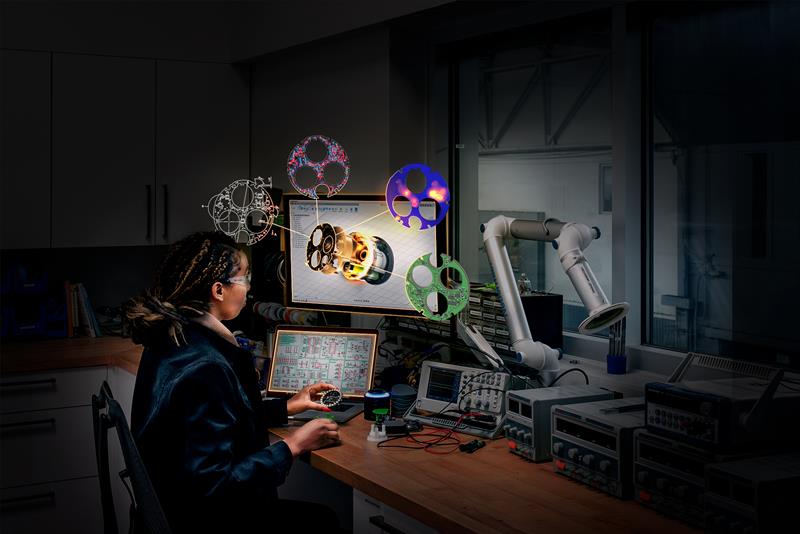As product development changes, electronics design needs to follow. We need to start seeing PCB designs from a broader perspective, in a 3D world, as part of a complete product development workflow. Electronics designers need to have a single ECAD - MCAD tool to prepare for these changes. Here’s why:
- Collaboration is now a necessity. Today’s design process is anything but linear. Not having a way to understand how your product affects your PCB design process is handicapping your capabilities.
- File formats are a burden. Putting your design in a box as a file format naturally lends itself to errors in translation. When was the last time your STEP file fully communicated your design intent? Probably never. Don’t waste hours on documentation to supplement what should already be communicated in your design.
- The future is blending disciplines. Engineers are expected to do it all – documentation, emails, design, and sourcing. And now, mechanical design is being added to this list as our needs for smart devices deepens.

How Fusion 360 can help overcome challenges
Fusion 360 was created to addresses many of the problems electronic designers face today and in the future. It is cloud-based, 3D CAD, CAM, CAE and PCB, all in one tool. If you’re doing any kind of product development, this is the world that you’ll live in. We see design teams all over the world using Fusion 360 to:
- ECAD/MCAD Co-Design. The cloud-based design environment allows all engineers to quickly iterate ideas and bring function and form together on any device.
- Simulate. Engineers can test fit and motion, perform simulations, and generate realistic renderings all in the same tool.
- CAM. When it’s time for production, it’s easy to create toolpaths for CNC machining or additive manufacturing

In the past, electronic designers were typically left outside of the product development process in 3D CAD. The question was always the same: how do you bring the 2D world of electronics into a 3D world? Fusion 360 doesn’t simply provide a solution to this integration problem, but instead it removes the problem by making the ECAD tool the MCAD tool. Here’s how:
- Design unification. Fusion 360 enables ECAD and MCAD designers to work natively and independently on the same design project within the same design management platform, allowing engineers and teams to share one common design environment, one common design management system and one design dataset with no file exchange, export or third-party integration ever needed.
- Ultimate ECAD/MCAD collaboration. Fusion 360 offers a truly connected experience for PCB, Mechanical and overall product design. With one cloud-based data management – powered by AWS technology for secure storage and infinite computing power – collaboration between all stakeholders becomes an integral part of the product development process. This ensures change is seamlessly managed.
- True 3D PCB design. With both ECAD and MCAD working on the same Fusion 360 environment with one dataset, 3D PCB data such as board copper, core material and components can be analysed, verified, and validated on the MCAD side to ensure they meet product design specifications. This includes specifying 3D PCB data properties such as copper to run design simulation, checking for collisions and interferences, and acting as one source of truth ensuring design teams working on the most recent dataset.

With Fusion 360, you can access comprehensive electronics and PCB design tools in one product development platform. Converge your ECAD and MCAD workflows for unified electronics design so you can engineer, design, and make anything. Find out more here: www.autodesk.co.uk/fusion360











